I've just witnessed the future of thermal imaging from Hikmicro
Hikmicro has shown me the future of thermal imaging – and it's amazing!
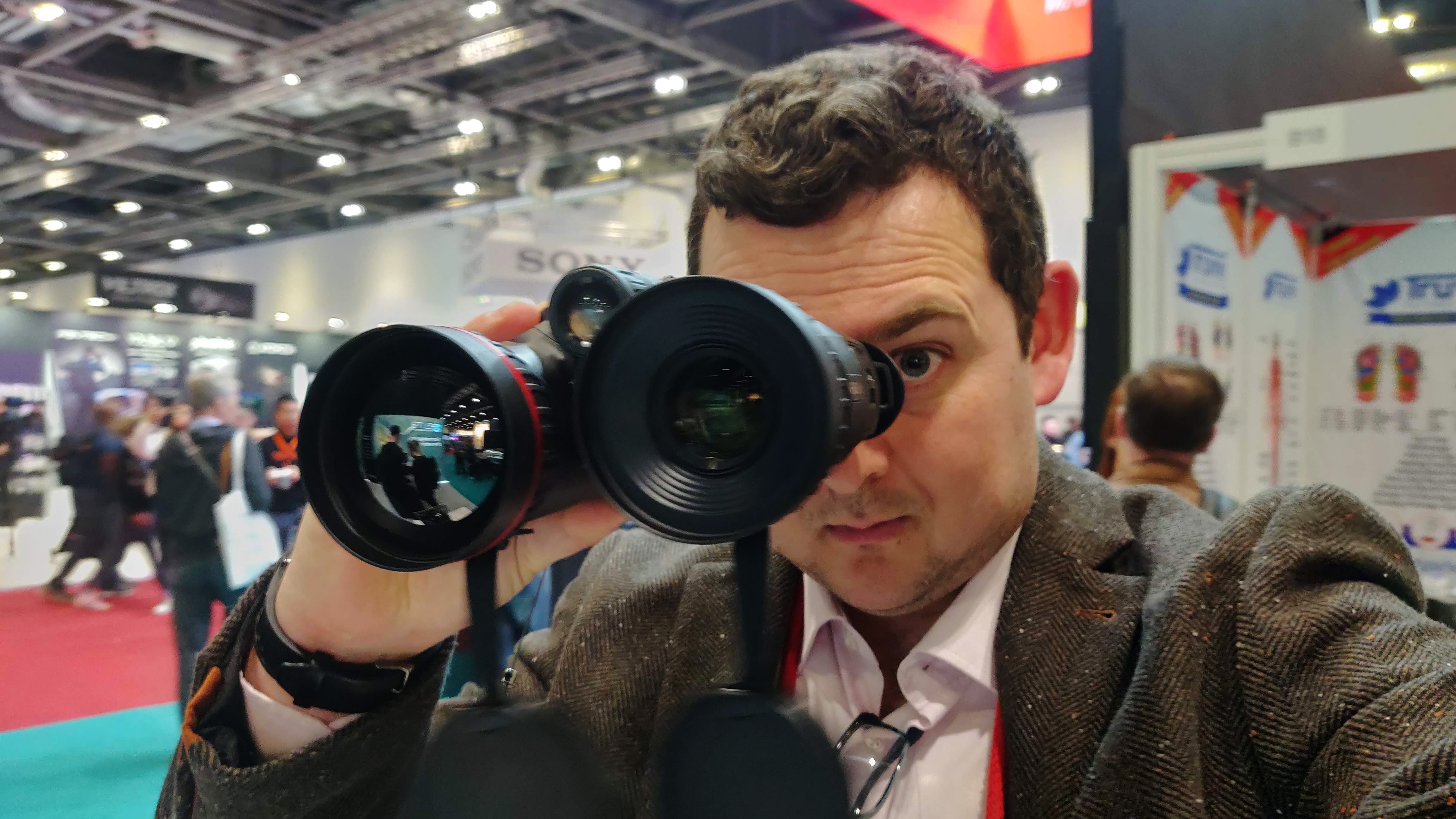
In the evolving landscape of optical technology, the Hikmicro Habrok Pro multi-spectrum binoculars stand out as a testament to innovation, particularly with their split-image viewing capability.
This feature enables users to simultaneously observe thermal images alongside full-color visuals – a development that marks a significant leap forward in observational tools.
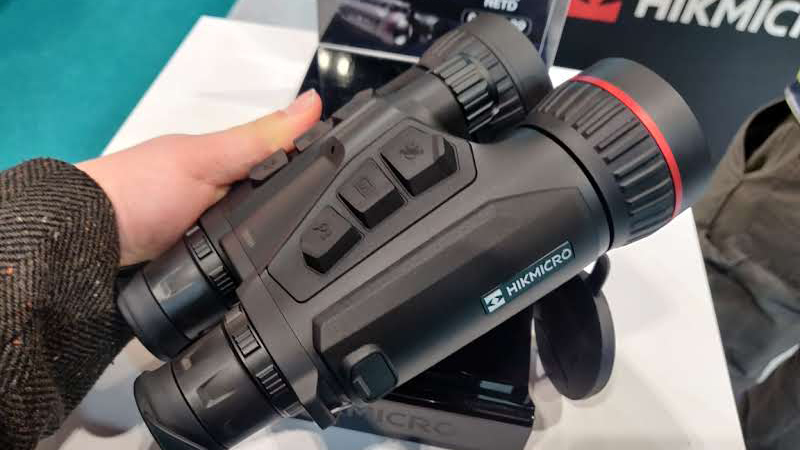
Traditionally, thermal imaging devices required users to switch between thermal and optical modes, often leading to fragmented experiences and potential delays in critical situations. The Habrok Pro addresses this by integrating both thermal detection and high-resolution optical imaging into a single, cohesive display.
This simultaneous viewing ensures that users can detect heat signatures while also appreciating the contextual details provided by the optical camera, offering a comprehensive understanding of the observed scene.
The practical applications of this technology are vast. For wildlife enthusiasts and photographers, the ability to monitor animals' heat signatures in low-light conditions while simultaneously observing their natural colors enhances both the safety and quality of observations.
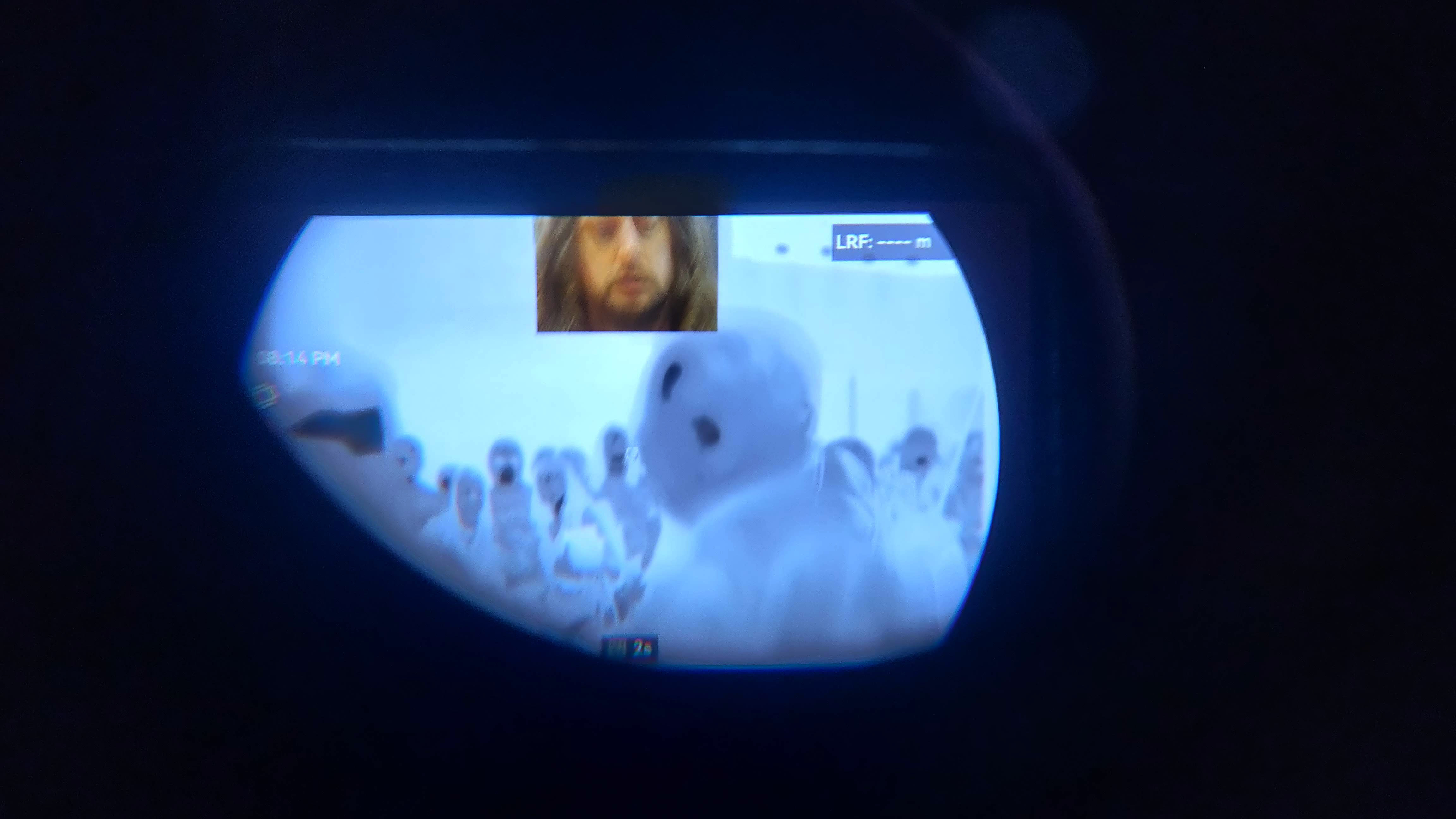
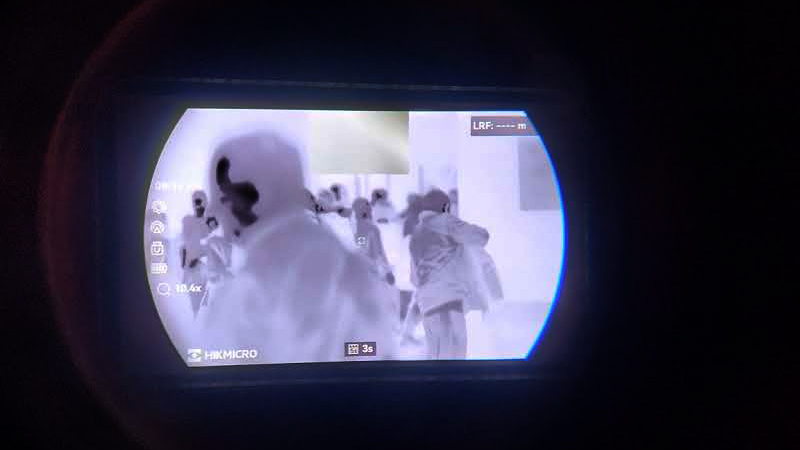
Moreover, the ergonomic design of the Habrok Pro ensures that this advanced functionality does not come at the expense of user comfort. Weighing less than 900g and featuring adjustable interpupillary distance and foldable eyepieces, the device is tailored for extended use without causing fatigue. The inclusion of a 0.49-inch 1920 x 1080 OLED screen further enhances the viewing experience, providing clear and immersive visuals.
The integration of a 1000m laser rangefinder and a high-capacity battery, supporting up to 7 hours of continuous operation, underscores the device's suitability for prolonged field use. These features, combined with its robust magnesium alloy housing, make the Habrok Pro a reliable companion in various environmental conditions.
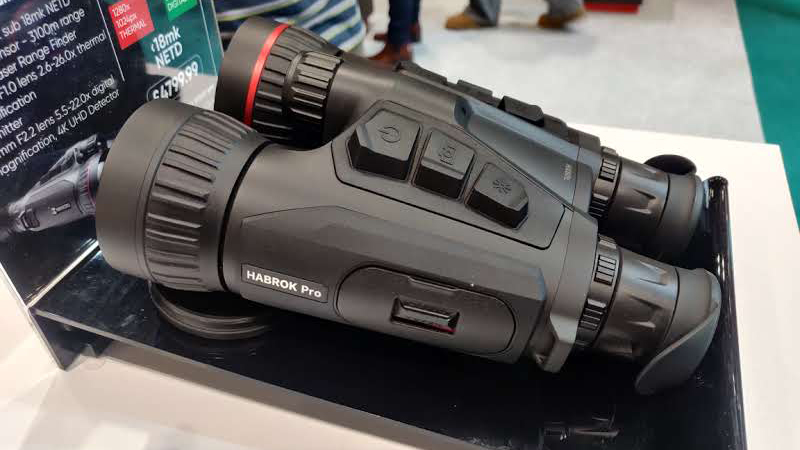
The split-image viewing capability of the Hikmicro Habrok Pro represents a forward-thinking approach to observational technology.
By merging thermal and optical imaging into a unified display, it offers users an unparalleled depth of information, setting a new standard for future optical devices.
This innovation not only enhances user experience but also broadens the potential applications of such technology across multiple fields. Find out more at the Hikmicro website.
You might also like…
Check out the best thermal imaging binoculars, along with the best thermal-imaging cameras and the best thermal drones.
Get the Digital Camera World Newsletter
The best camera deals, reviews, product advice, and unmissable photography news, direct to your inbox!

For nearly two decades Sebastian's work has been published internationally. Originally specializing in Equestrianism, his visuals have been used by the leading names in the equestrian industry such as The Fédération Equestre Internationale (FEI), The Jockey Club, Horse & Hound, and many more for various advertising campaigns, books, and pre/post-event highlights.
He is a Fellow of the Royal Society of Arts, holds a Foundation Degree in Equitation Science, and holds a Master of Arts in Publishing. He is a member of Nikon NPS and has been a Nikon user since his film days using a Nikon F5. He saw the digital transition with Nikon's D series cameras and is still, to this day, the youngest member to be elected into BEWA, the British Equestrian Writers' Association.
He is familiar with and shows great interest in 35mm, medium, and large-format photography, using products by Leica, Phase One, Hasselblad, Alpa, and Sinar. Sebastian has also used many cinema cameras from Sony, RED, ARRI, and everything in between. He now spends his spare time using his trusted Leica M-E or Leica M2, shooting Street/Documentary photography as he sees it, usually in Black and White.
You must confirm your public display name before commenting
Please logout and then login again, you will then be prompted to enter your display name.
